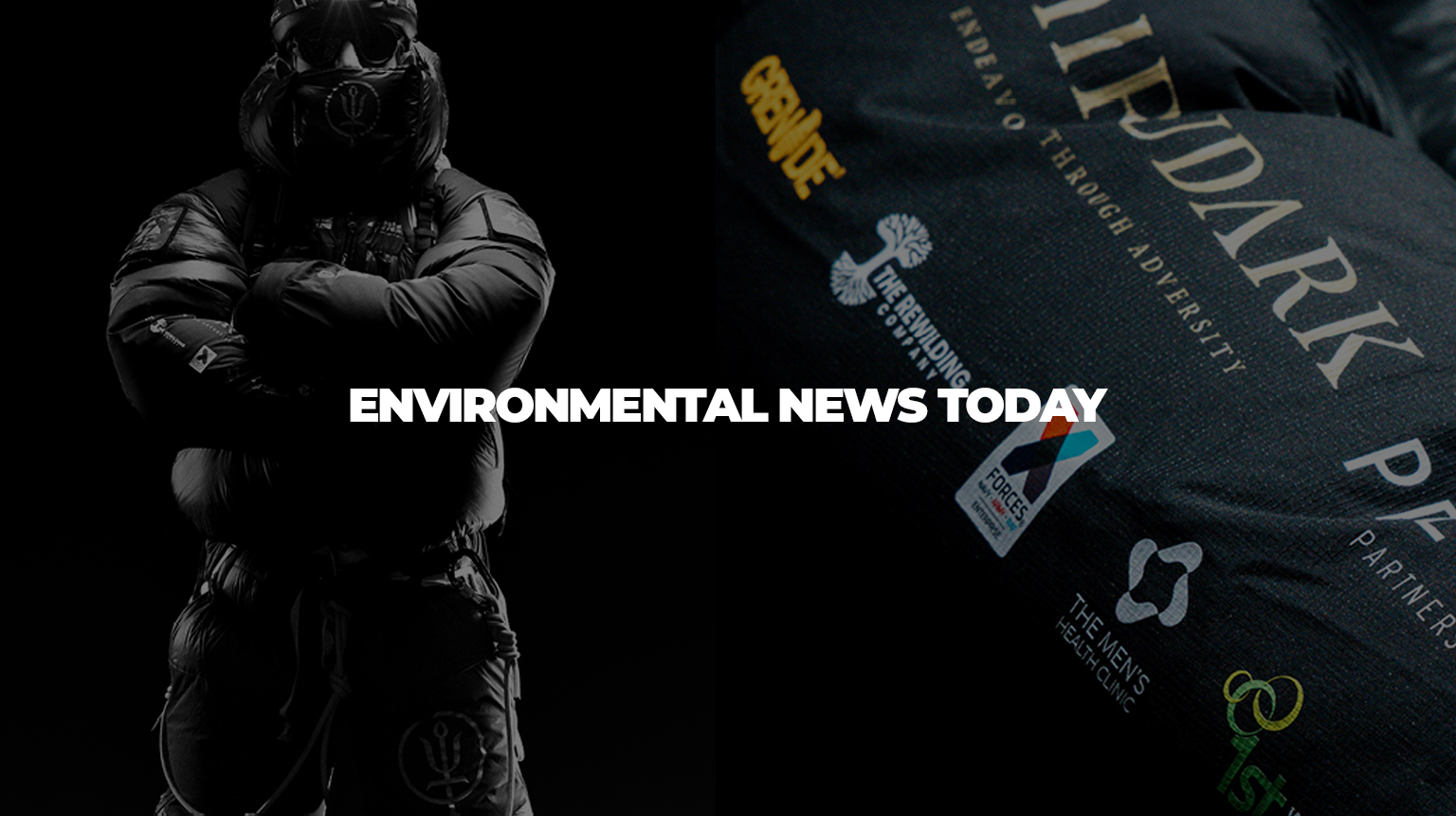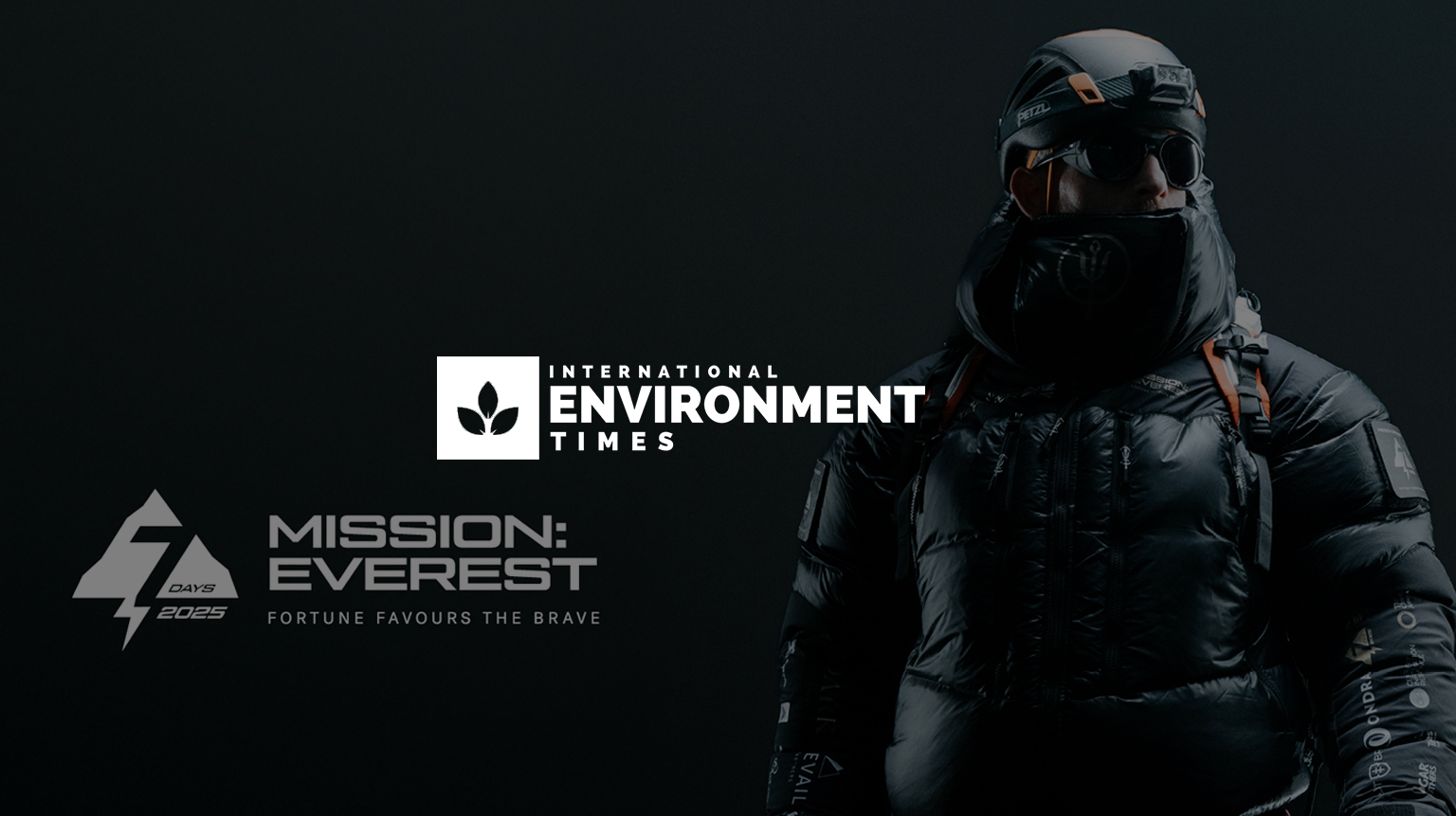
In the race to replace polluting plastics, many companies are discovering an uncomfortable truth: there is no silver bullet approach to sustainable packaging.
Plastics’ exceptional properties, including being lightweight, water-resistant, durable, and highly mouldable, make it a challenging material to phase out. Viable alternatives must match these impressively versatile qualities while remaining practical for widespread adoption.
The Complexity Challenge
Modern packaging serves multiple crucial functions beyond simply containing a product. It must protect contents from environmental factors, extend shelf life, communicate with consumers, facilitate distribution, and increasingly, align with sustainability goals. This complexity means that companies cannot rely on a one-size-fits-all approach. The varied nature of products, supply chains, and disposal systems demands flexible, adaptable sustainable packaging solutions.
Limitations of Traditional Alternatives
Traditional plastic-free alternatives each come with significant drawbacks that limit their universal application. For example, paper-based packaging, while renewable and widely accepted in recycling programmes, falls short for moisture-sensitive products, items requiring transparency, or goods with longer shelf lives.
Glass provides excellent barrier properties and consumer appeal, but introduces significant weight penalties that increase shipping costs and carbon footprints. A recent study found that in some cases, the increased emissions from transporting glass can outweigh its recyclability benefits.
These traditional alternatives often create trade-offs between environmental benefits and functionality that many businesses simply cannot afford. The market demands solutions that satisfy both requirements without compromise.
Bioplastics emerge as a promising solution precisely because of their potential versatility. Unlike conventional alternatives with fixed properties, some bioplastics can be engineered with varying degrees of strength, flexibility, transparency, and degradability. This adaptability allows them to address the specific needs of diverse products while maintaining environmental benefits.
Beginning-of-Life Versatility
A truly versatile and sustainable packaging approach must consider the entire lifecycle of materials, beginning with sourcing. The selection of natural materials to create bioplastics requires flexibility based on regional availability and economic factors.
As global trade policies shift, locally sourced feedstocks may become more economically viable than imported alternatives. Bioplastics with versatile manufacturing processes can adapt to these changes without major disruptions.
Regional variations in agricultural waste streams further underscore the importance of sourcing flexibility. For example, cassava peel is abundant in Sub-Saharan Africa, where it’s often discarded as waste despite its potential as a bioplastic feedstock. Meanwhile, corn stover – the residual stalks, leaves, and husks left after corn harvest – is abundant in the Midwestern United States.
Seasonal availability of certain biomass sources further complicates the picture. A manufacturing process that can only utilise a single feedstock becomes vulnerable to supply shortages and price fluctuations. Packaging systems that can adapt to different input materials provide resilience against supply chain disruptions and price volatility, making them more commercially viable in the long term.
End-of-Life Considerations
Versatility is also critical in end-of-life scenarios for packaging materials. The disposal requirements for packaging vary widely depending on the product application, consumer behaviour, and available infrastructure.
Some products, such as single-use sauce sachets, benefit from immediate biodegradability. Others, like milk cartons, require longer shelf lives before breaking down. A versatile approach allows companies to align degradation timelines with product lifecycles, ensuring that packaging performs its essential functions without lingering in the environment unnecessarily.
Regional waste infrastructure differences further complicate matters. While industrial composting facilities may be common in one market, they might be non-existent in another. Similarly, recycling capabilities differ dramatically between regions. Packaging solutions with multiple end-of-life options can navigate these disparities more effectively.
Consumer behaviour varies across markets as well, affecting the practical recyclability or compostability of packaging. Even the best-designed sustainable packaging fails if consumers don’t properly dispose of it. Versatile solutions that can accommodate different disposal scenarios have a higher chance of achieving their environmental benefits in real-world conditions.
The Path Forward
As businesses navigate the transition away from conventional plastics, versatility emerges as the critical factor in successful sustainable packaging strategies. Forward-thinking companies recognise that no single approach will address all packaging challenges. Instead, they develop versatile systems that can adapt to different product requirements, regional supply chains, and disposal infrastructures.
Flexible bioplastic solutions, including Teysha Technologies’ “plug-and-play” system, offer the versatility to meet these complex demands. By providing adaptability in both manufacturing and performance characteristics, these innovations help brands navigate the challenging landscape of sustainability without sacrificing functionality.
Ultimately, versatility isn’t just a hallmark of successful sustainable packaging – it’s the catalyst for a future where packaging meets human needs, respects environmental boundaries, and adapts seamlessly to the complexities of a global economy and diverse ecological demands.
Share:
Plastic Revolutionized, Nature Harmonized.

Learn more about the technology behind Teysha by scanning this QR code.

Plastic Revolutionized, Nature Harmonized.
Learn more about the technology behind Teysha by scanning this QR code.


- Africa House 70 Kingsway London WC2B 6AH
- Balcones Drive STE 100 Austin, TX 78731 Texas
- Dr. Clive Rankin
- Matthew Stone
- Prof. Karen L. Wooley
- Dr. Ashlee A. Jahnke
- Dr. Steve Taylor
- Duncan Clark
- Lane Allan
© 2025 – Made by The Solution UAE. All Rights Reserved
Term of Use | Privacy Policy





